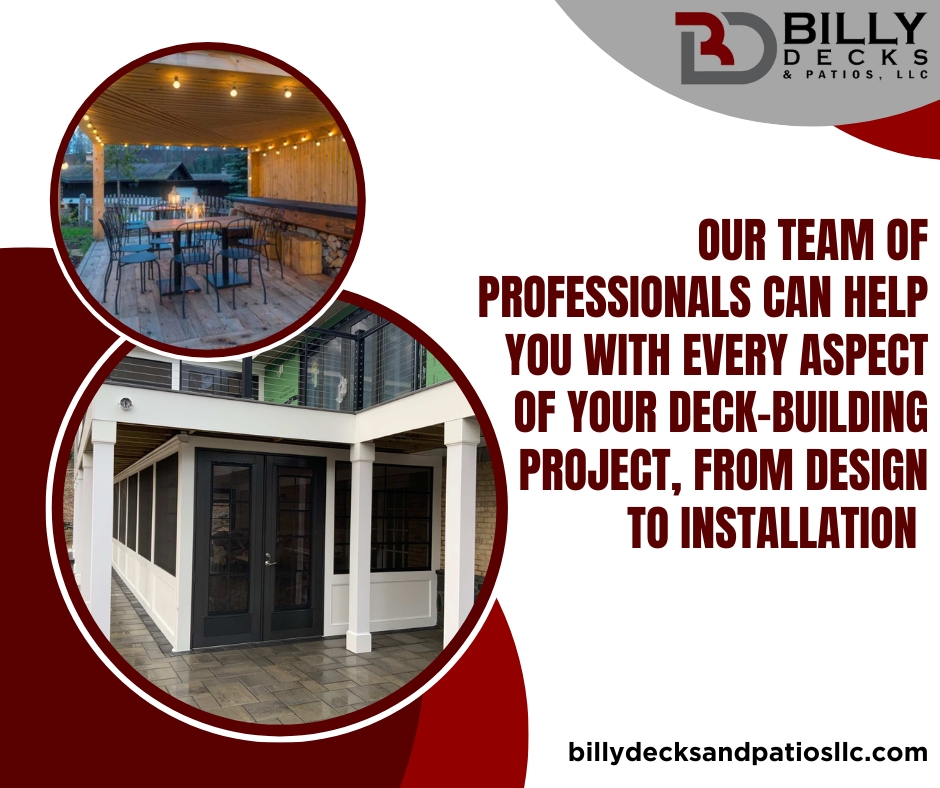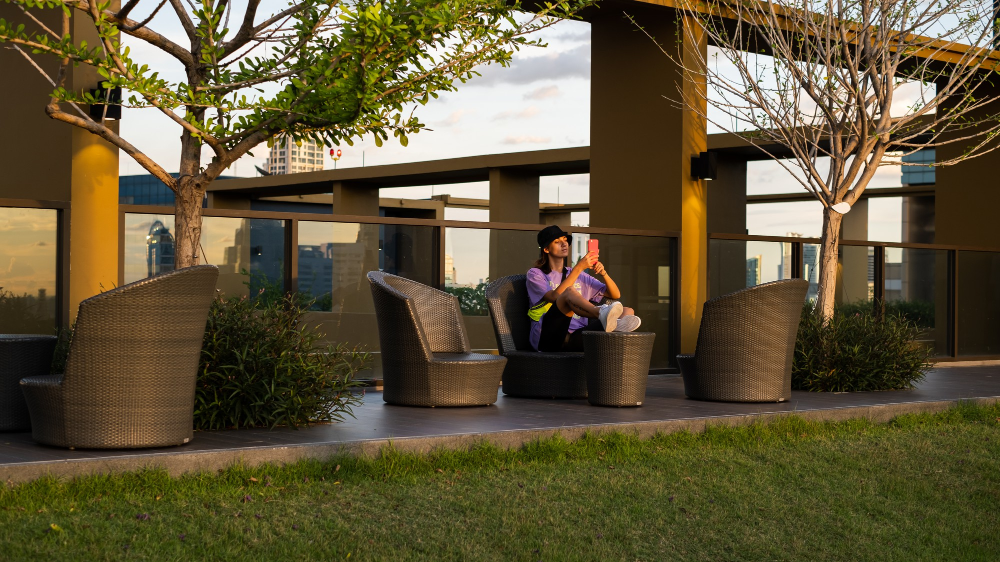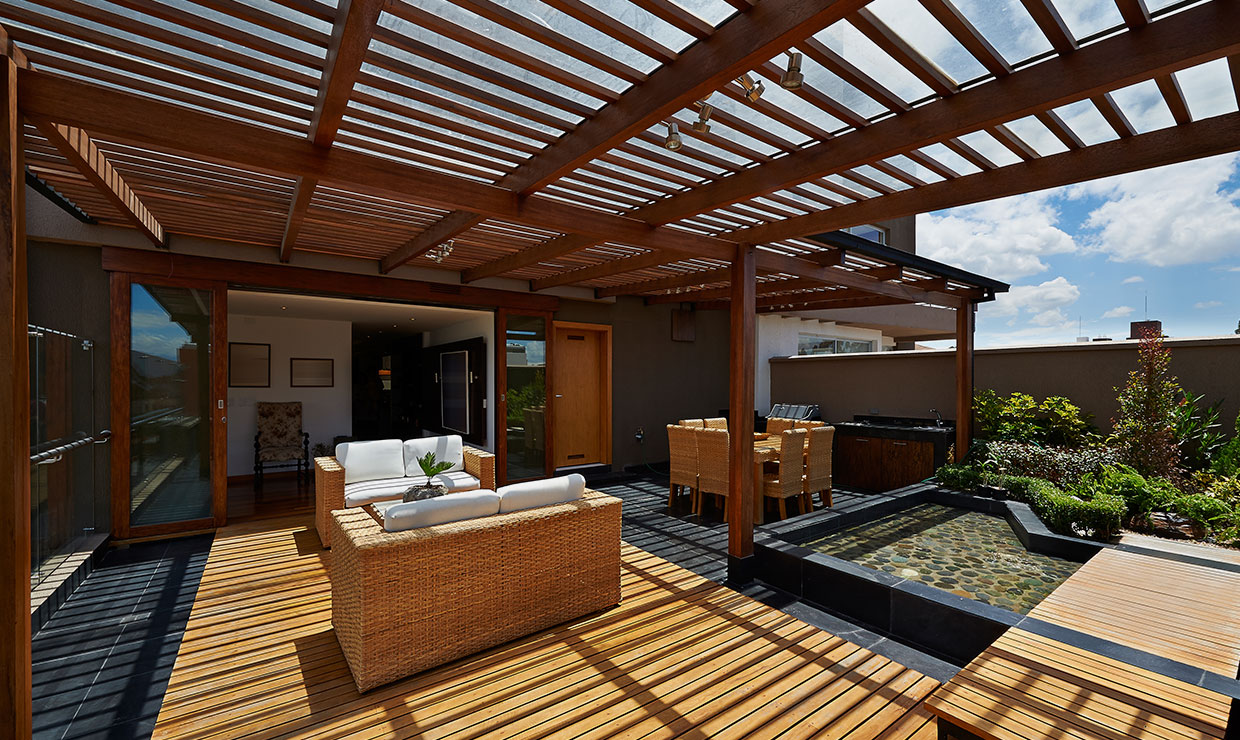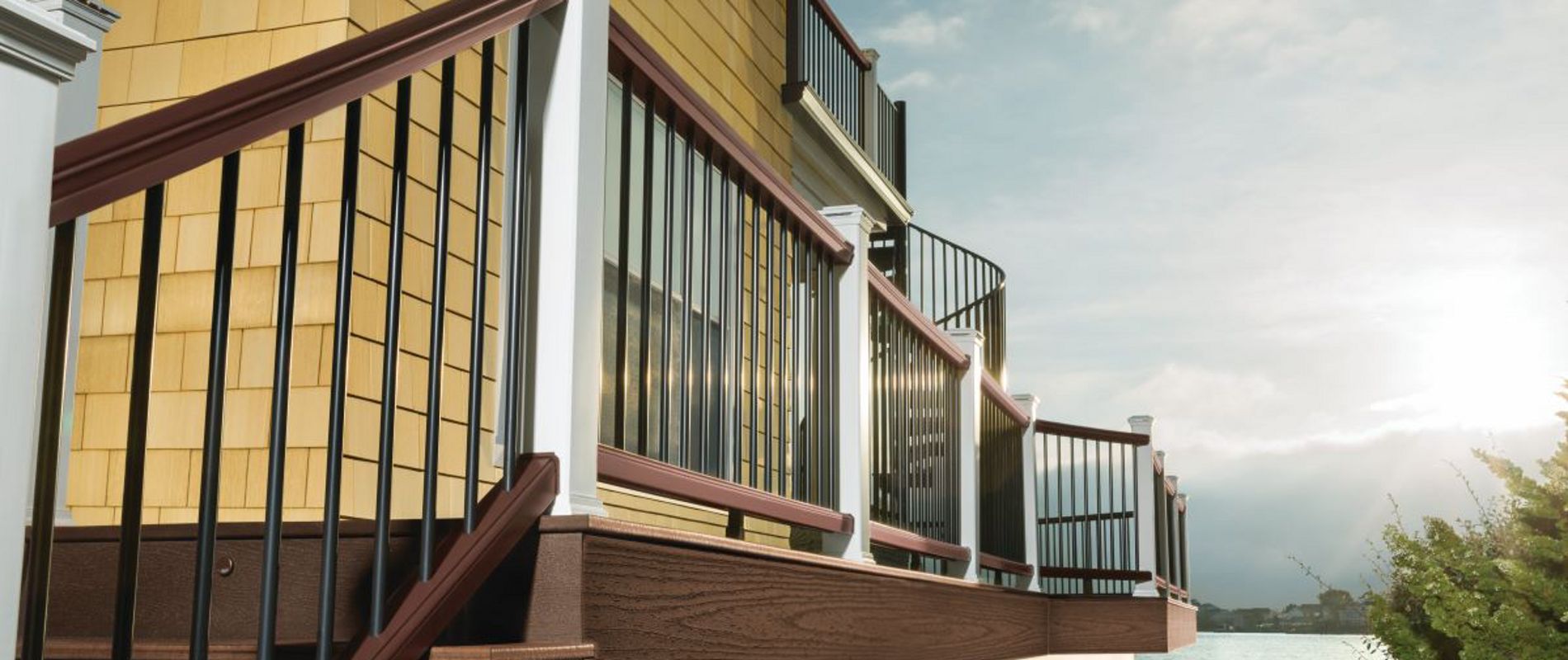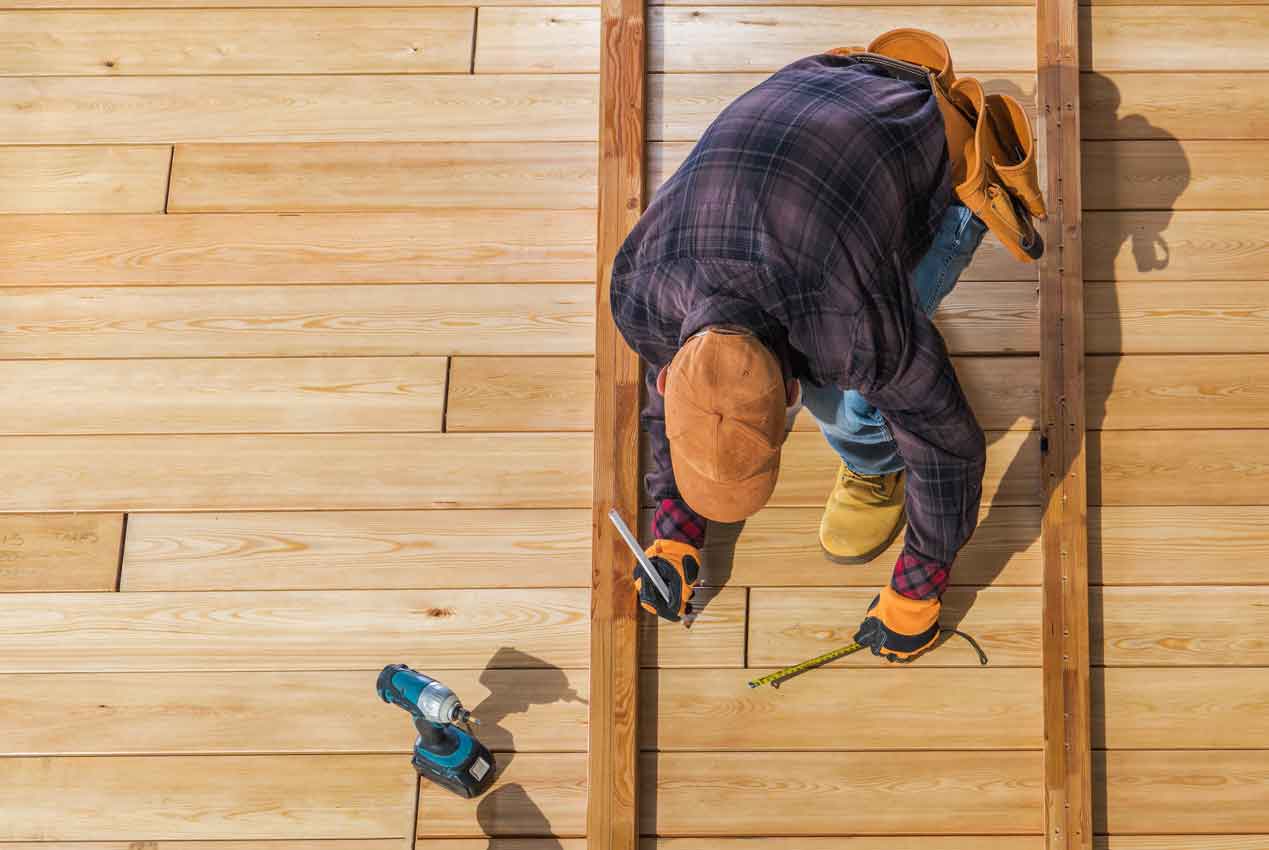Elevate Your Outdoor Living with Billy Deck & Patios LLC
At Billy Deck & Patios LLC, we pride ourselves on being your go-to company for all your deck building, porch installations, patio building, and repair projects. With a commitment to excellence and a passion for crafting outdoor spaces that resonate…

